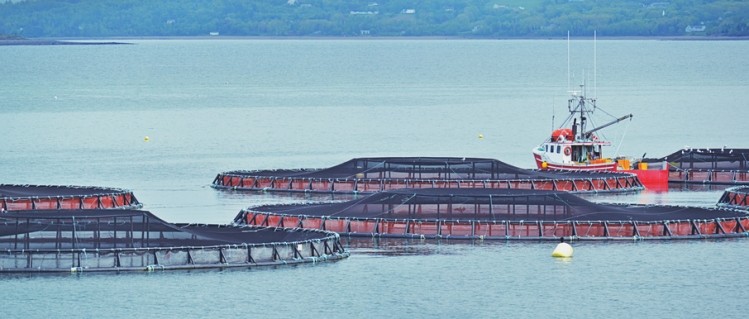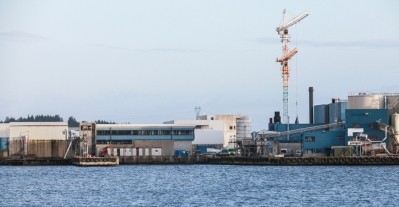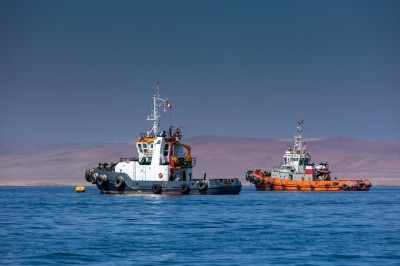Lower Peruvian catches sees drop in overall fishmeal supply globally

That reduction in output of the key aquaculture ingredient occurred despite the US, India, the Iceland/North Atlantic area, and the African countries reporting a hike in their cumulative production, noted the marine ingredients organization in a report released today.
The data for fish oil output for 2022 shows it is in line with the production level of the previous year, said the IFFO. There was a decline in fish oil output in Peru, Chile, and India, but the performances of the European countries, the US and the African markets were above the 2021 figures from January to July 2022.
“The drop in Peru, both for fishmeal and for fish oil production, is due to a lower quota granted to the North-Centre of the country in the last quarter of 2021, which resulted in fewer catches in quarter one 2022.
"Additionally, the total catch in the same area of Peru in the period April-June 2022 was 4% smaller with respect to the same period in 2021,” noted Dr Enrico Bachis, IFFO’s market research director.
Chinese market dynamics
China’s marine ingredients production and imports are expected to increase in September, said the trade group.
The Asian behemoth is the world's leading consumer of fishmeal, with the biggest percentage being used in aquaculture, and the swine sector the second largest user of the marine ingredient.
Only some parts of the Chinese sea fishing grounds remain under the annual conservation focused fishing moratorium with most regional bans lifted, said the IFFO. “Currently, domestic production of marine ingredients remains subdued and confined to the south, although activities are expected to pick up in all areas in September.”
Imports of foreign fishmeal decreased during the first seven months of the year, but significant tonnages are expected to reach Chinese shores in the coming weeks, added the organization.
It also reported that China’s aquafeed production in 2022 remains at high levels compared with 2021 despite a series of heatwaves. However, COVID-19 lockdowns continue to limit consumers’ access to both retail and the foodservice facilities within the affected areas, potentially having a knock-on effect on seafood consumption.
Looking to the swine sector, and the IFFO publication found that pig and piglet prices in China showed some weakness in August after a four-month hike.
“Supply is expected to grow larger than forecast by the authorities in 2022 while imported pork meat has continued to decline. The high costs of feed ingredients and the weak demand explain the annual drop in the cumulative pig feed output.”








